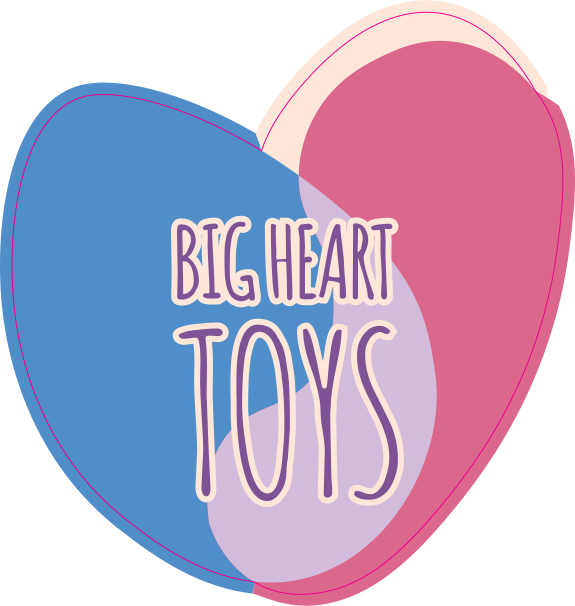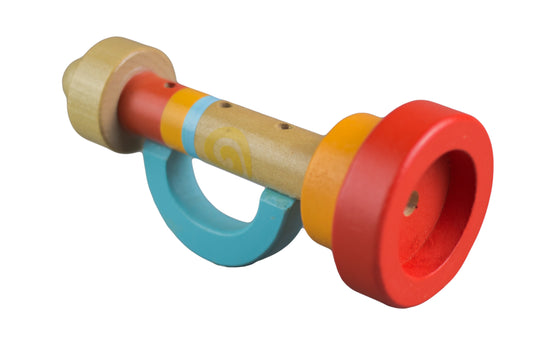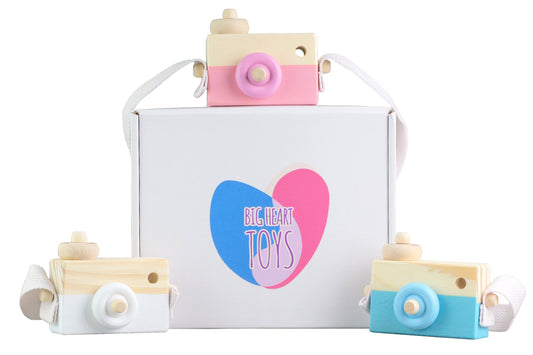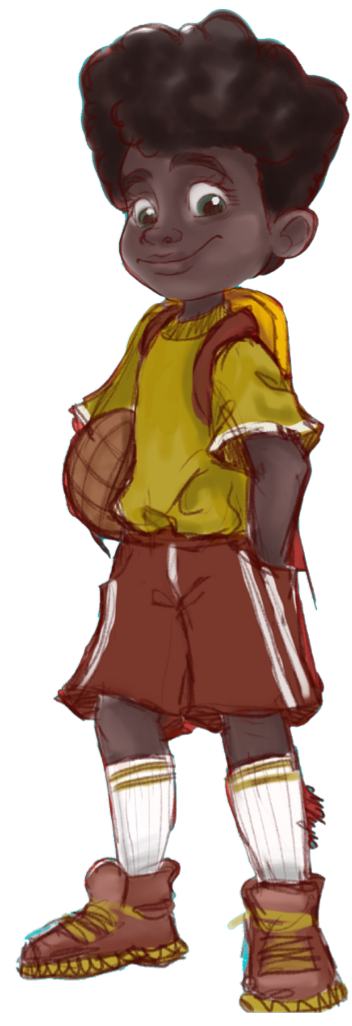The concept of friendship is tricky to explain verbally. As adults who have experienced friendship in many forms, we may think that fact goes without saying.
However, to young children who are new to interacting with peers, who experience social anxiety, or who may have a tricky time communicating, this can sometimes be tough to comprehend.
Friendship is not a black-and-white concept, and there are many kinds. So, at the most basic level, how can we describe what a friend is, how to be a good one, and how to make friends when talking to children?
Use Age-Appropriate Language
When discussing friendship with a child, use basic terms they can understand. The words fun, nice, and play are often used when describing our companions.
For younger children, instead of “mutual or shared interests,” try “someone who likes the same stuff we do” or “enjoys the same things.” However, it’s not only words that young ones understand; it’s their parent’s tone as well.
Essentially, a friend is generally described as someone a child likes, who likes them as well.
Talk About Where We Find Friends
Friends are often described as the people children play with! They may play with other children at school, sporting events, neighborhood gatherings, etc. This is a good way to give your child an example of the friends they may already have.
Importantly, friends can include family members, like siblings or cousins.
Talk About Real Friends
We want children to know that friends are people who support us and are on our side, so we may tell them that friends are people that are nice to them. If someone is mean or makes you feel bad about yourself, they probably are not a real friend.
Recap: What Is Friendship?
Before we go about explaining it to a child, we should have a pretty well-rounded basic understanding of friendship itself.
When we make a friend, there is some sort of understood commitment between the two people agreeing to be a friend to one another. Friends come in all forms, and each relationship is unique.
Think about your own life — you may have work friends, old buddies from school, neighborhood friends, or one very close BFF.
Many people have shared interests or something in common to kickstart the friendship. Sometimes a shared experience establishes a fondness, as well. While friends do not need to have everything in common, there is often at least one thing that establishes a connection.
A Friend Wants Good Things To Happen to You
Once such a bond is established, there is typically a feeling of trust between the two people. A friend is someone that you know has your best interests at heart, and you can say the same for them.
Sometimes Friends Need To Apologize
Friendship is a positive thing, but it is a relationship just like any other. We can expect there to be good times and bad. Friends sometimes argue or get mad at one another.
This does not always mean that the friendship is over! It is important to discuss the ups and downs that can come with companionship, including forgiveness and apologizing.
People Can Have Lots of Friends
While being a friend is a commitment, it is not an exclusive promise. Many children believe that if their friend plays with another child, they are betraying them. It is helpful to teach children that we can have many friends and that it’s okay to play with others.
Sometimes Friends Come and Go
Friends are not always permanent parts of our lives. While some friends stay for years, there are many friends that are only in our lives for phases. It is important to emphasize that this is normal and okay.
Not everyone who enters our lives is meant to be there forever. We can still take positive memories, lessons, and experiences out of a friendship, even if it does not last.
Be a Friend and a Role Model
When teaching children about friendship, they will learn from what they see. We can model how we treat our own friends or those around us to set an example of what a friend is.
Our children are forever watching us and learning from our actions. We can be intentional about modeling friendship, being a good friend, and interacting with others to show them what friendship is.
Ways To Model Friendship
If you know you have an event coming up where other people will be around, use this time as an opportunity to demonstrate friendship. You may make a point to be kind to others, initiate conversation, or help someone else.
Just like when explaining how you self-regulate your emotions, discuss your actions out loud. Things like, “I’m going to see if Jennie needs help setting up the tables; I don’t want her to have to do it all by herself” can help model acts of kindness.
Modeling does not always have to be explicitly explained verbally beforehand, but it is helpful to have some point of reflection after the fact. Your child may have seen you do this action, but it can be beneficial to talk about it again and reiterate the positive outcomes that came from doing something.
How To Be a Good Friend
Being a good friend is more than just playing with someone or spending your time with them.
Traits of a good friend include:
-
Treating someone with kindness
-
Having empathy and considering others’ feelings
-
Helping someone when they need it
-
Listening when someone needs an understanding ear
-
Sharing toys and games
-
Forgiving mistakes
-
Putting effort into spending time or communicating with that person
How Can Individual Differences Affect Friendship?
Everyone is unique and special in their own way — that’s what makes people so interesting.
Sometimes, our amazing differences can make certain social situations difficult. For those of us with autism, anxiety, or neurodivergent traits, forming friendships can be challenging.
Many individuals may have a harder time with facial expressions, figurative language, conversation skills, or relaxing in public places. These encounters are always improvised, and it can feel like we’re missing the right dictionary.
All of this combined may make people disheartened and less inclined to reach out to others.
Here are some ways parents can help their children form healthy, happy bonds:
Read Social Stories
If you are working on teaching friendship skills to a child, social stories may help.
A social story is just what it sounds like: a story that acts out a social situation. When reading social stories, you can look for good things the characters did and poor choices they made and open up discussions about what you may do differently.
When reading social stories, it is important to stop and have a conversation. The whole point is to teach a lesson about social interactions to the child and give them examples to think about when they are in their own social settings!
You may read a bit and stop to talk about what’s happening, why it’s happening, and what your child thinks should happen next. Social stories are a great way to build a toolbox of social skills your child can think back to as needed.
Make Playtime a Priority
Acting out situations is one of the most enjoyable ways to practice social skills. We all know practice makes perfect! For this practice technique, in particular, we’re going to talk about the importance of toys and playtime.
Toys are fun, but they are also learning agents.
Playing through imaginary scenarios with dolls or stuffed animals can help children work on their social skills. Playing with such toys encourages children to think as another, introducing and strengthening the concepts of interpersonal communication and empathy. These fictional scenarios of the playroom or schoolyard serve as practice for later in life.
Interestingly, co-play isn’t the only way for children to add to their social toolbelt. Independent play is a large part of cultivating emotional intelligence.
A 2020 study found that independent play with dolls or similar toys encourages children to mimic real-life scenarios, including negotiations and conflict resolution. Scientists looked at the brain scans of the study participants (33 children between the ages of four and eight) and were amazed at what they found. The brain scans showed that both co-play and independent play lit up the same areas of the brain — empathy and social information processing.
This shows that children can benefit from the social skill-enhancing benefits of co-play while teaching the vital practices of self-soothing, social independence, and self-entertainment that come from independent play.
Act It Out
Acting out a range of interactions is an easy way to practice making a friend. Introducing yourself to someone is often the hardest step. Acting out situations can teach your child how to find a conversation starter and build off of that.
You may act out someone playing by themselves and feeling left out, and talk through with your child what they would do in that situation. Play-acting can model making introductions, working on problem-solving skills, helping someone, or having a conversation.
In Conclusion…
When explaining the concept of friendship, we want to find simple ways to describe friendship skills. Modeling behavior, social stories, and acting situations out are all great ways to help a child understand friendship.
Sources:
10 Reasons People with Autism Struggle with Friendships | Ambitious about Autism
Teaching Friendship Skills in Preschool | Edutopia
What Toddlers Understand When Adults Talk | Parents
Doll Play Helps Build Empathy and Social Skills, New Study Shows | Verywell Family
How to Cultivate the Emotional Intelligence in Children | UNICEF Romania
Why Playing Alone Is Important for Children | Verywell Family






